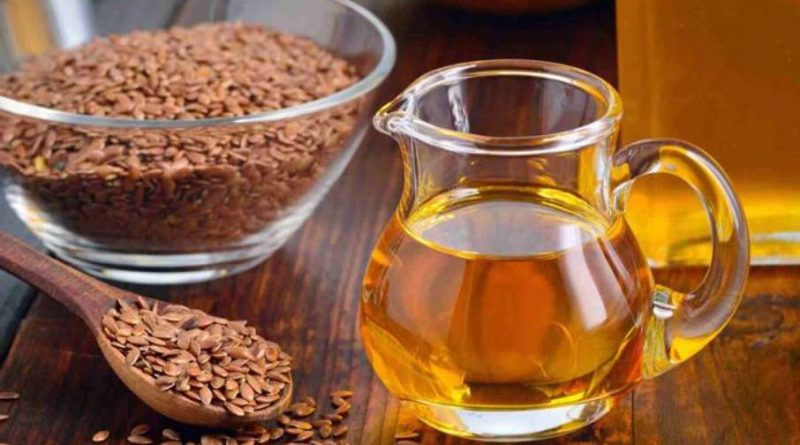How seed oil is extracted
How seed oil is extracted
In the category of correct food information a technical note could not be missing on the question that many people ask themselves: How is seed oil extracted?
Also because in a land that produces olive oil in abundance, the consumer must know what is best to eat. Let’s say immediately that most seed oils are obtained with chemical processes and / or at high temperatures. However, high temperature produces unwanted derivative compounds which must be removed so that these oils are further treated, bleached and deodorized by chemical and physical treatments. In this way, unlike what happens with extra-virgin olive oils that are obtained by pressing, the seed oils, even if they come from good quality seeds, become tasteless, colorless, odorless and with residues from the refining process.
In a very synthetic way we say that the processes that the seeds undergo to become oils are:
– Mechanical cleaning;
– pulp reduction of seeds (performed in some processes);
– Cooking at a temperature of around 120 ° C;
This procedure obviously involves a rancidity of the oil that could not be consumed like this. At this point the mass can undergo two types of processes: either extraction by pressure or solvent.
With the first method, the pressure in an Expeller, combined with a temperature of around 90 ° C, results in extraction, but the oils react with oxygen and take on poor organoleptic and nutritional qualities.
With the second method the oil is extracted through solvents such as hexane or heptane (petrol to be clear) around 60 ° C. subsequently the solvent is separated by fractional distillation from the oil around a temperature of 150 ° C. like all distillation processes, even here traces of the solvent remain in the oil we feed on.
The oils thus obtained (both with the first and with the second method) are in any case subjected to further processing to rectify or eliminate substances and defects. These processes, without going into further detail, are: degumming, refining, decolorization and deodorization that allow you to get to the status of refined oils. Further chemical-physical processes are performed, with the addition of further substances (such as NaOH) and with the production of other particularly dangerous compounds such as mutagenic fatty acids (very dangerous for our genes), trans-saturated fatty acids, peroxides ; all compounds very dangerous for our enzymatic system and therefore for our body. Moreover, after these processes, the obtained oils are deficient in vitamins and minerals. But it does not end here because to stabilize these oils, which have been deprived during the process of natural beta-carotene antioxidants, and vitamin E, they are added to synthetic antioxidants, antifoams and, in some cases, undergo the so-called winterization process that avoids ‘cloudiness of these oils during the winter or when stored in the fridge. Tell me now if you buy more seed oil!
Guido Bissanti

